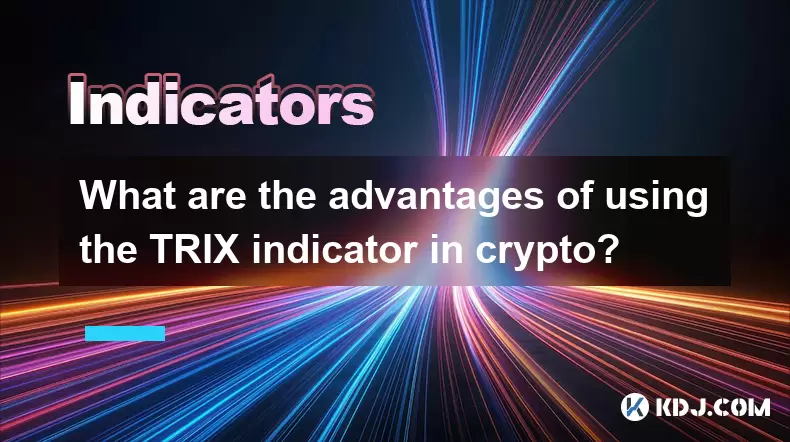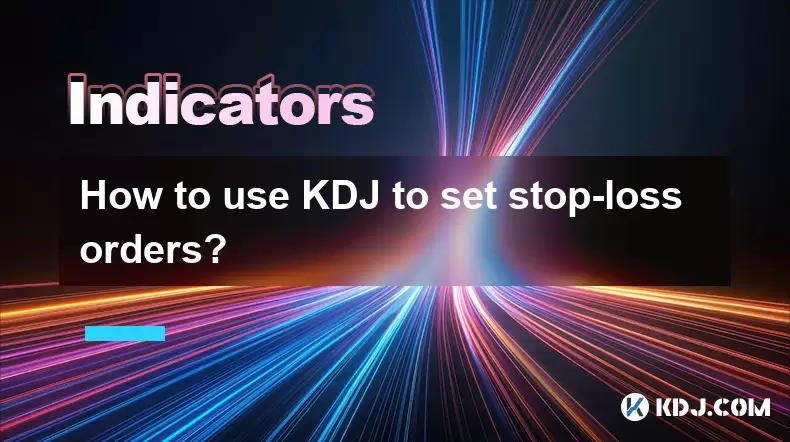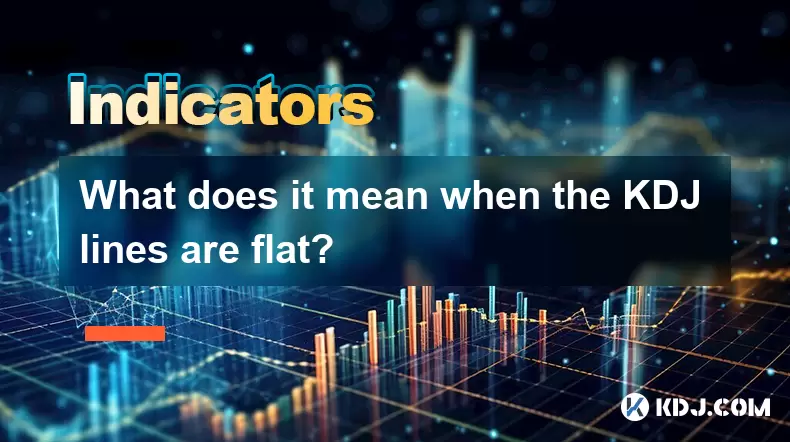-
 Bitcoin
Bitcoin $114700
-3.36% -
 Ethereum
Ethereum $3619
-6.51% -
 XRP
XRP $2.926
-7.66% -
 Tether USDt
Tether USDt $0.9998
-0.02% -
 BNB
BNB $768.6
-4.90% -
 Solana
Solana $168.2
-7.52% -
 USDC
USDC $0.9999
0.00% -
 Dogecoin
Dogecoin $0.2045
-9.02% -
 TRON
TRON $0.3243
-0.27% -
 Cardano
Cardano $0.7208
-8.45% -
 Hyperliquid
Hyperliquid $39.74
-9.17% -
 Stellar
Stellar $0.3882
-8.79% -
 Sui
Sui $3.481
-11.93% -
 Chainlink
Chainlink $16.52
-9.04% -
 Bitcoin Cash
Bitcoin Cash $556.7
-4.79% -
 Hedera
Hedera $0.2444
-11.40% -
 Avalanche
Avalanche $21.96
-8.51% -
 Ethena USDe
Ethena USDe $1.001
-0.02% -
 UNUS SED LEO
UNUS SED LEO $8.950
0.15% -
 Toncoin
Toncoin $3.425
-2.33% -
 Litecoin
Litecoin $104.4
-5.94% -
 Shiba Inu
Shiba Inu $0.00001212
-7.49% -
 Polkadot
Polkadot $3.630
-6.98% -
 Uniswap
Uniswap $9.165
-10.12% -
 Monero
Monero $306.8
-3.10% -
 Dai
Dai $0.9999
-0.01% -
 Bitget Token
Bitget Token $4.360
-3.43% -
 Pepe
Pepe $0.00001049
-9.59% -
 Cronos
Cronos $0.1352
-8.67% -
 Aave
Aave $256.5
-8.03%
What are the advantages of using the TRIX indicator in crypto?
The TRIX indicator uses triple exponential smoothing to filter noise and identify trend reversals, zero-line crossovers, and divergence in volatile crypto markets like Bitcoin and Ethereum, offering clearer signals than MACD.
Jul 31, 2025 at 06:35 pm

Understanding the TRIX Indicator in Cryptocurrency Trading
The TRIX (Triple Exponential Average) indicator is a momentum oscillator used to identify oversold and overbought conditions, detect trend reversals, and filter out minor price fluctuations in cryptocurrency markets. It is derived from a triple-smoothed exponential moving average (EMA), which helps reduce noise and false signals common in volatile digital asset price movements. By applying three layers of EMA smoothing, TRIX isolates significant trends while minimizing short-term volatility. This makes it particularly useful in the highly fluctuating environment of cryptocurrency trading, where sudden price swings can mislead less robust indicators.
Enhanced Signal Clarity Through Triple Smoothing
One of the primary advantages of the TRIX indicator is its ability to provide clearer trading signals due to its triple exponential smoothing mechanism. Unlike simple moving averages or even double-smoothed EMAs, TRIX applies EMA three times to the closing price, which filters out insignificant price movements. This process results in a smoother line that reacts only to substantial shifts in momentum. For traders analyzing assets like Bitcoin or Ethereum, where price action can be erratic due to news events or whale movements, this clarity helps distinguish real trend changes from market noise. The resulting TRIX line crossing above or below the zero line often indicates a shift in momentum, serving as a potential entry or exit point.
Zero-Line Crossovers for Trend Identification
A key feature of the TRIX indicator is its use of zero-line crossovers to identify trend direction. When the TRIX line moves above zero, it suggests bullish momentum, indicating that the triple-smoothed average is rising. Conversely, when it crosses below zero, bearish momentum is implied. In the context of cryptocurrency, where trends can develop rapidly, these crossovers offer timely signals. For example, during a prolonged altcoin rally, a TRIX crossover above zero on a 4-hour chart may confirm the start of an uptrend, allowing traders to enter positions with higher confidence. Traders often combine this signal with volume analysis to validate the strength of the move.
- Monitor the TRIX line on your preferred charting platform (e.g., TradingView or MetaTrader).
- Set the TRIX period—commonly 15 for daily charts or 9 for shorter timeframes.
- Observe when the TRIX line crosses the zero line from below to above for a potential long signal.
- Confirm the signal with increasing trading volume or support from other indicators like RSI.
Signal Line Crossovers for Entry and Exit Points
Beyond zero-line crossovers, the TRIX indicator can be enhanced by adding a signal line, typically a 9-period EMA of the TRIX values. When the TRIX line crosses above its signal line, it generates a buy signal; when it crosses below, a sell signal is triggered. This method is especially effective in ranging or moderately trending crypto markets. For instance, on a Binance BTC/USDT 1-hour chart, a TRIX line crossing above the signal line after a period of consolidation could suggest accumulation is complete and upward momentum is resuming. This dual confirmation reduces the likelihood of acting on false breakouts.
- Apply the TRIX indicator with a signal line on your chart.
- Wait for the TRIX line to cross above the signal line in a bullish setup.
- Check for confluence with support levels or bullish candlestick patterns.
- Place a stop-loss just below the recent swing low to manage risk.
Divergence Detection for Early Reversal Warnings
Another powerful application of the TRIX indicator is its ability to detect divergence between price and momentum. Bearish divergence occurs when the price makes a higher high, but the TRIX indicator makes a lower high, signaling weakening momentum. Bullish divergence happens when the price records a lower low, but TRIX forms a higher low, indicating potential upward reversal. In the crypto space, where sentiment can shift quickly, spotting such divergences early can be highly advantageous. For example, if Solana (SOL) reaches a new high but TRIX fails to surpass its previous peak, it may warn of an impending correction even before the price drops.
- Plot TRIX on a price chart of your chosen cryptocurrency.
- Compare recent price highs and lows with corresponding TRIX values.
- Identify bearish divergence when price rises but TRIX peaks are declining.
- Look for bullish divergence when price falls but TRIX troughs are rising.
- Use divergence as a warning sign and wait for confirmation before trading.
Compatibility with Other Technical Tools
The TRIX indicator works effectively when combined with other technical analysis tools, enhancing its reliability. Pairing TRIX with moving averages, MACD, or Bollinger Bands can provide layered confirmation of market conditions. For example, a TRIX zero-line crossover occurring simultaneously with a breakout above the 200-day EMA on Cardano (ADA) adds weight to the bullish signal. Similarly, using TRIX alongside on-chain metrics like exchange netflow or hash rate trends can offer a more comprehensive view. Many trading platforms allow customization of TRIX settings, enabling integration into complex multi-indicator strategies.
Frequently Asked Questions
What is the ideal period setting for TRIX in crypto trading?
The ideal period depends on the trading timeframe. For daily charts, a period of 14 to 18 is commonly used to capture medium-term trends. For intraday trading (e.g., 15-minute or 1-hour charts), a shorter period like 9 to 12 may be more responsive. Traders should backtest different settings on historical data of assets like Dogecoin or Litecoin to determine optimal values for their strategy.
Can TRIX be used for scalping in cryptocurrency markets?
Yes, TRIX can be adapted for scalping when used on lower timeframes such as 5-minute or 15-minute charts. A shorter TRIX period (e.g., 6 to 9) combined with a tight signal line (EMA 3 to 5) can generate quick signals. However, due to the inherent lag in exponential smoothing, traders must confirm entries with order flow data or volume spikes to avoid delayed reactions.
How does TRIX differ from MACD in crypto analysis?
While both are momentum oscillators, TRIX applies triple smoothing, making it less sensitive to short-term fluctuations than MACD. MACD uses the difference between two EMAs and includes a histogram, whereas TRIX focuses solely on the rate of change of a triple-smoothed EMA. This makes TRIX better suited for filtering noise in highly volatile cryptocurrencies like Shiba Inu or Avalanche.
Is TRIX effective in sideways crypto markets?
TRIX can produce frequent false signals in sideways or choppy markets due to repeated zero-line crossovers. To improve accuracy, traders should combine TRIX with range-bound indicators like Stochastic RSI or use it only when the price is near established support or resistance levels. Adjusting the period to a higher value (e.g., 20) may also reduce whipsaws.
Disclaimer:info@kdj.com
The information provided is not trading advice. kdj.com does not assume any responsibility for any investments made based on the information provided in this article. Cryptocurrencies are highly volatile and it is highly recommended that you invest with caution after thorough research!
If you believe that the content used on this website infringes your copyright, please contact us immediately (info@kdj.com) and we will delete it promptly.
- Australia vs Lions: Unleashing Betting Offers and Free Bets for the Thrilling Finale
- 2025-08-01 16:30:11
- Bitcoin, Satoshi, and the Echoes of Ancient Wisdom in DeFi
- 2025-08-01 16:50:12
- ONDO Tokens: Could They Mint the Next Crypto Millionaires?
- 2025-08-01 16:30:11
- Satoshi, Meme Coins, and Substance: A New Era?
- 2025-08-01 16:50:12
- Decoding the Roar: Australia, the Lions, and the Betting Odds
- 2025-08-01 16:55:48
- Bitcoin Price Plummets Amid Trump Tariffs: A Market Sell-Off Deep Dive
- 2025-08-01 16:55:48
Related knowledge

How do I secure my private key?
Aug 01,2025 at 05:14pm
Understanding the Importance of Private Key SecurityYour private key is the most critical component of your cryptocurrency ownership. It is a cryptogr...

How does the KDJ indicator apply to decentralized finance (DeFi) tokens?
Aug 01,2025 at 04:43pm
Understanding the KDJ Indicator in Technical AnalysisThe KDJ indicator is a momentum oscillator derived from the Stochastic Oscillator, widely used in...

What is the difference in KDJ signal interpretation between a trending and a ranging market?
Aug 01,2025 at 03:56pm
Understanding the KDJ Indicator in Cryptocurrency TradingThe KDJ indicator is a momentum oscillator widely used in cryptocurrency trading to identify ...

Does the KDJ indicator work well for low-liquidity crypto assets?
Aug 01,2025 at 02:01pm
Understanding the KDJ Indicator in Cryptocurrency TradingThe KDJ indicator is a momentum oscillator derived from the Stochastic Oscillator, widely use...

How to use KDJ to set stop-loss orders?
Aug 01,2025 at 04:28pm
Understanding the KDJ Indicator in Cryptocurrency TradingThe KDJ indicator is a momentum oscillator widely used in technical analysis within the crypt...

What does it mean when the KDJ lines are flat?
Aug 01,2025 at 03:22pm
Understanding the KDJ Indicator in Cryptocurrency TradingThe KDJ indicator is a momentum oscillator widely used in cryptocurrency technical analysis t...

How do I secure my private key?
Aug 01,2025 at 05:14pm
Understanding the Importance of Private Key SecurityYour private key is the most critical component of your cryptocurrency ownership. It is a cryptogr...

How does the KDJ indicator apply to decentralized finance (DeFi) tokens?
Aug 01,2025 at 04:43pm
Understanding the KDJ Indicator in Technical AnalysisThe KDJ indicator is a momentum oscillator derived from the Stochastic Oscillator, widely used in...

What is the difference in KDJ signal interpretation between a trending and a ranging market?
Aug 01,2025 at 03:56pm
Understanding the KDJ Indicator in Cryptocurrency TradingThe KDJ indicator is a momentum oscillator widely used in cryptocurrency trading to identify ...

Does the KDJ indicator work well for low-liquidity crypto assets?
Aug 01,2025 at 02:01pm
Understanding the KDJ Indicator in Cryptocurrency TradingThe KDJ indicator is a momentum oscillator derived from the Stochastic Oscillator, widely use...

How to use KDJ to set stop-loss orders?
Aug 01,2025 at 04:28pm
Understanding the KDJ Indicator in Cryptocurrency TradingThe KDJ indicator is a momentum oscillator widely used in technical analysis within the crypt...

What does it mean when the KDJ lines are flat?
Aug 01,2025 at 03:22pm
Understanding the KDJ Indicator in Cryptocurrency TradingThe KDJ indicator is a momentum oscillator widely used in cryptocurrency technical analysis t...
See all articles

























































































